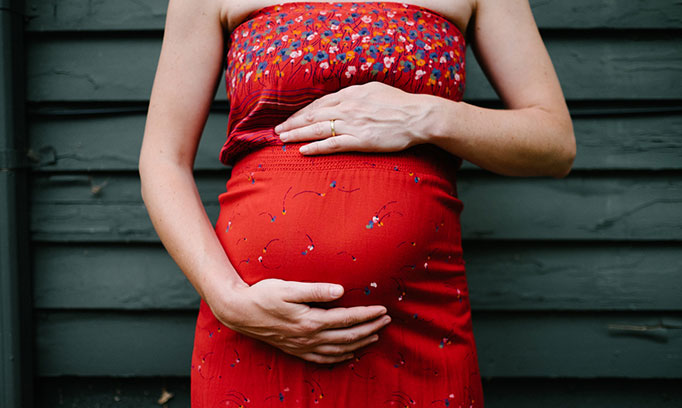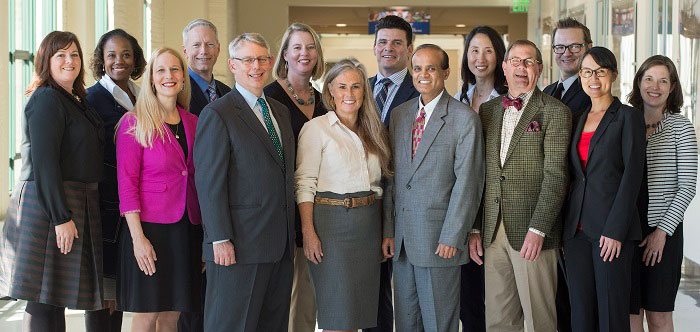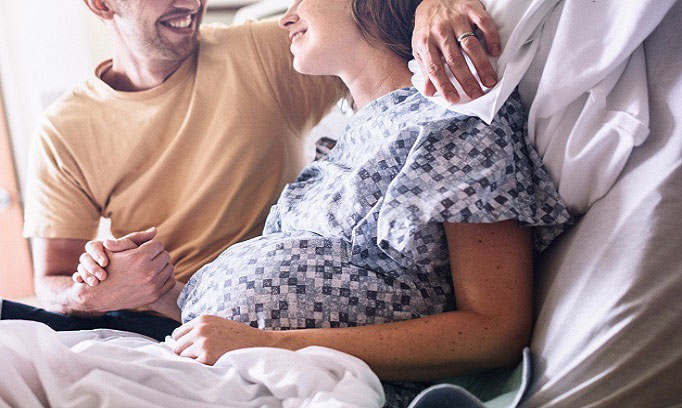
CARE
What you need to know about having a baby after 34
Posted October 31, 2017
If you are thinking about having a baby in your late thirties or early forties, you are not alone. Women ages 35-45 are increasingly becoming first-time moms. And most healthy women in this age group have healthy pregnancies, births and babies. However, don't be surprised if your doctor talks to you about being at higher risk for certain conditions.
What changes at 35?
Truth be told, there is nothing dramatic about turning 35 in regards to having a baby. A woman's risk for general health issues and pregnancy-related health issues gradually increases every year — and there's not much difference between 34 and 35.
However, 35 is the age at which medical research indicates that risk factors related to pregnancy merit some more discussion. You are increasingly at risk for infertility issues, multiples, premature delivery, a chromosomal abnormality, a miscarriage or stillbirth, and abnormal fetal growth. And your chances of needing a C-section go up.
Your doctor may also watch you more closely for gestational diabetes and high blood pressure.
What you can do before you're pregnant
It's a good idea to schedule an appointment with your doctor before you get pregnant to discuss a pre-conception plan to ensure optimal health during a pregnancy. If you are healthy overall, a plan may include staying active, eating healthy and taking a prenatal vitamin.
If you are overweight, have diabetes, high blood pressure or another health issue, your doctor may want to work on a plan to help you address those issues before you become pregnant.
If you are experiencing difficulty getting pregnant, your physician may move more quickly to evaluate you for infertility treatments.
During your pregnancy
Your doctor may discuss your risk for some birth defects and genetic-related conditions, such as Down syndrome. You can talk with a genetic counselor to better understand the risk and to determine whether you would like to pursue any screenings.
Screenings to consider include:
- a first trimester screen that includes a blood test and a nuchal translucency, which is an ultrasound to measure the thickness of the tissue at the back of an unborn baby's neck
- a second trimester screen, which is a blood test known as a serum screening or "quad test" to determine whether the baby is at risk for certain birth defects
- a sequential screen — a combination of a first and second trimester screening
- a non-invasive prenatal testing (NIPT), which is a DNA blood test that screens for common chromosome abnormalities.
Other diagnostic tests to be aware of are chorionic villus sampling and amniocentesis.
Depending on your health and any pregnancy complications, you may require increased visits to your doctor. You will likely be referred for a Level II ultrasound, which is a detailed ultrasound evaluating the baby's anatomy. Your doctor may also recommend additional ultrasound exams, especially at the end of your pregnancy.
Whether you are in your twenties, thirties or forties, and whether you're having a low-risk or high-risk pregnancy:
- avoid alcohol, tobacco and any other drugs
- if you are taking medications, discuss their safety with your doctor
- see your doctor regularly and stay within pregnancy weight-gain guidelines
Putting it in perspective
As I said, there isn't anything really remarkable about turning 35. The best thing you can do at any age, if you are considering having a baby, is take good care of yourself and your body to prepare for a new life.

group photo of Minnesota Perinatal Physicians
WHAT YOU CAN DO
-
Pregnancy care
Learn more -
Need a provider?
Search now
MORE LIKE THIS
EMPOWER YOURSELF
Get fun, inspiring, provider-reviewed articles sent to your inbox.
Sign up for our email newsletter




